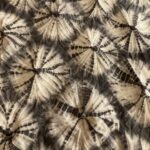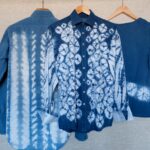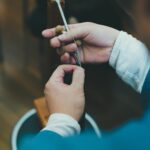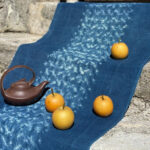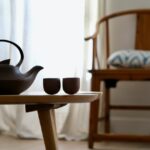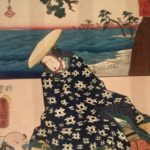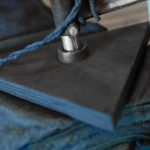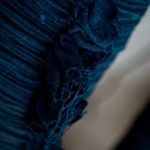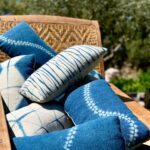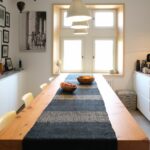
I love this pattern, it’s irregular regularity and strong contrast. Every line is made by squeezing the fabric in small folds. Those folds are created by small stitches running perpendicular to the lines. A very long process, but once the rhythm is found, I love the meditative aspect. I trained in shibori creations with Kuno Hiroaki of Kuno Studio, thanks to Harumi at Couleur Garance and Tinctoria. Learning the best practice for both hadn’t movements and knot making has provided invaluable. https://www.youtube.com/watch?v=Q_n_HMRa_-4 https://www.youtube.com/watch?v=bjKfhX_01FY

